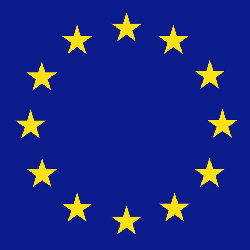Real Estate
Investors Smile On Western European Property, Say "Hola!" To Spain - CB Richard Ellis

A survey of investors has found that 70 per cent of them regard Western Europe as the most attractive place to buy brick-and-mortar assets, with Spain featuring high in the rankings, perhaps reflecting its perceived good value after prices sank amid the eurozone financial crisis.
A survey of investors has found that 70 per cent of them regard
Western Europe as the most attractive place to buy
brick-and-mortar assets, with Spain featuring high in the
rankings, perhaps reflecting its perceived good value after
prices sank amid the eurozone financial crisis.
The findings come from the CB Richard Ellis European Real Estate
Investor Intention 2014 Study, in which it gathered views from
400 European investors. This publication contacted the
organisation to find out the total sample size of the survey and
will update in due course.
The UK and Germany are the top two most attractive countries in
Europe for investment in real estate according to the survey;
Spain is the third most attractive, the survey found.
Coincidentally, the UK and Spain now both have high net worth
investors visa programmes – known as “Golden Visas” in Spain –
which are designed to encourage inward investment. In the Spanish
case, the programme is seen as a way of reviving the property
market.
An "increase in investor appetite" was also observed in the
report, which indicated that some 67 per cent of those consulted
expected that their activity in real estate would increase this
year, the survey found.
"Spain has become an oasis for foreign investors, who between
2009 and 2013 bought property totalling just over €9.6 billion
($13.2 billion) according to a study by Real Capital Analytics.
This puts Spain in tenth position globally for attracting foreign
investment, said Marc Pritchard, sales and marketing manager,
Taylor Wimpey España.
UK buyers are in the top three positions of the nationalities
taking Spanish real estate, along-side Spanish (20 per cent)
German (20 per cent) and Scandinavian buyers (20 per cent)
followed by Belgians (12 per cent).